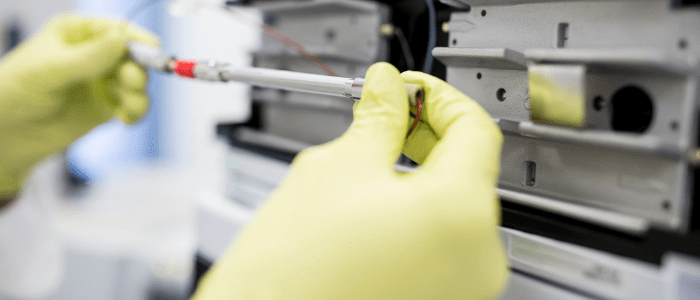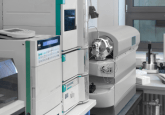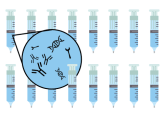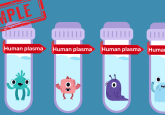New analysis technique identifies heparin contaminants with high sensitivity

Heparin, a blood thinning agent, is susceptible to contaminants that are difficult to identify and can be dangerous for patients. Researchers now demonstrate a high-throughput secondary ion mass spectrometry (SIMS) methodology that can identify heparin contamination with up to 100 times greater sensitivity than existing methods. Heparin is a naturally occurring glycosaminoglycan (GAG) anticoagulant often used in the treatment of heart conditions, as well as in laboratory work and to improve biocompatibility of medical devices, and is usually derived from porcine or bovine sources. Because it is derived from animal sources, there is a high risk of contamination with other...






